First and foremost, let me establish that in all my twenty-one years of existence, I’ve resided in Mumbai. I’ve lived in the ‘city of dreams’ hoping to hold my own and been consumed whole in the infamous local train crowds, which means yes, I’ve had to take Virar trains on multiple occasions and grabbed quite a few brunches at the fanciest cafes. And while I’m well-acquainted with the cobblestone alleys across the city, I always get into a situation where I rediscover a part that intrigues me. This time, it was just a coincidental picture I clicked in front of the CSMT railway station. As I strutted past the Queen Victoria terminal, I couldn’t help but gape at the intricate detailing. Even the darkening bricks couldn’t disguise the ornamental carvings on the station that have added to the Mumbai skyline for decades.
I developed a fancy for Mumbai’s architectural landmarks quite effortlessly. They recall the city’s cultural heritage more than they contribute to its aesthetic. While the British tried to mark India with their colonial architectonic symbols, it’s ironic how their works faithfully weave a narrative of the stylistic revivals of various architectural styles throughout the 18th and a better part of the 19th century. Neoclassical, Victorian, neo-Greek, neo-Gothic, Indo-Saracenic and Art Deco styles assert themselves unabashedly across the city’s silhouette.
A confluence of interpretations
The mosaic of influences reminisces Bombay’s identity as the crown jewel in the colonial past. The city was deemed the East India Company’s headquarters in 1708. Soon after, the Fort area conquered a monopoly over the city’s trading operations, leveraging its location by the sea harbours for the seven islands. The swamp didn’t appreciate construction beyond its boundaries, so all architectural sites near the area are built up and not out. The city tried to conform to the Fort’s constricted boundaries, homes standing tall and deep, peering over the lanes to breathe as much as possible. Balconies in the area almost look like remodelled ship parts.
However, soon, the city’s map started transforming. The first few buildings built were a Governor’s residence, The Town Hall, and a Mint at the start of the 19th century. This is where the neoclassical influence starts. In a thirst for some intellectual nourishment, I left to witness the passage of time in the past through architecture, starting with the Bombay Town Hall.
A Classic Restoration
My first stop was the Bombay Town Hall, home to the Asiatic Society of Mumbai, an association that has valued research and scholarship since 1804, and the State Central Library. The neoclassical influence on the building, located at the Horniman Circle in the core of the ‘Fort’ area of Mumbai, could be detectable by any dilettante or even a layperson. Its resemblance to the Pantheon in Rome, Italy, was a source of delight for me.

Governed by ivory Doric columns and a triangular pediment, indigenous engraved wooden awnings boast their presence above the tall entry doors to aerate the building. The historical building was finished in 1833 and engineered by the acclaimed architect Colonel Thomas Cowper. It adorns columns shipped from England and accommodates artistic features that acclimatise it to the equatorial climate.
A Goth Uprising
The next iconic building I decided to explore was CSMT. As I determinedly march around the Chhatrapati Shivaji Maharaj Terminal, renamed from Victoria Terminus, I slowly recognise why it still stands as one of Mumbai’s most prominent architectural landmarks.
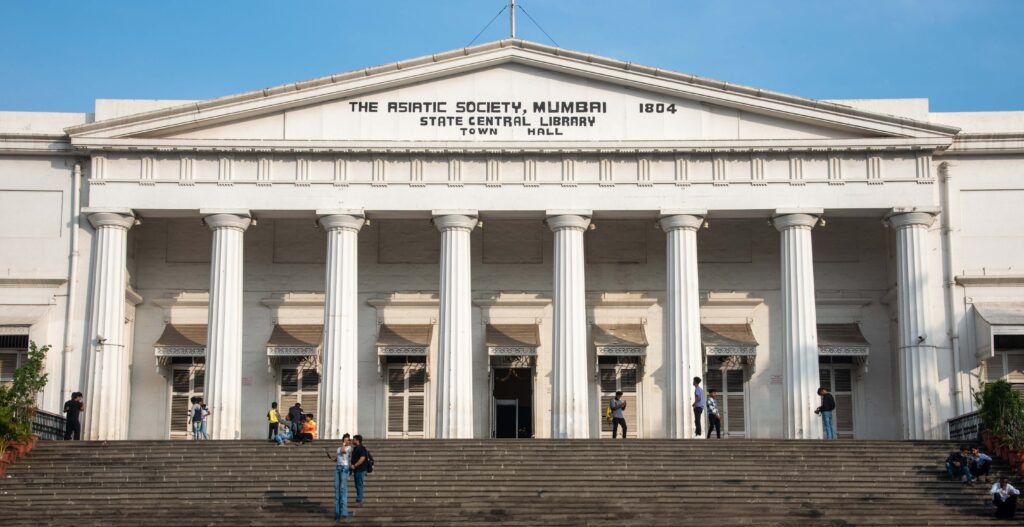
Inspired by Gothic architecture, it is a feast for any architecture enthusiast like myself. The ornate crocodile gargoyles, a tremendous variety of engraved capitals, and a spellbinding interior staircase, all topped with an octagonal dome, contemplate a balance between Indian and Gothic influences. It’s almost as if the structure is awarding the city an unobstructed view of its animal figurines on spandrels. These medallion portrait sculptures are embedded into the rustic facade and granite columns. The arched windows and doors add the much-needed elegant dramatism to the combination of Gothic and Indian exteriors.
A Victorian Gothic Affair
As much as I adore Gothic architecture, witnessing a blend of two architectural techniques is still more interesting. And so, I moved to observe Victorian-Gothic architecture. European elements like flying buttresses, carvings, bold colours, stained glasses, and lancet windows reinvent themselves with Victorian architecture. Birthed during the mid-19th century, this form merged with Gothic architecture seamlessly. A better part of public buildings from the 1860s to the second half of the nineteenth century display this style.
The Knesset Eliyahoo Synagogue’s beautiful blue reflects the sky as it towers in the art district of Kala Ghoda in Mumbai. Jacob Sassoon imagined a religious haven for the Baghdadi and Benne Israeli Jewish communities in Mumbai and assembled a breathtaking wonder with Corinthian columns and triangular roofs.

The exteriors and interiors seem in a tussle to get the most attention, with the external facade adorning cast-iron panels and semi-circular, segmented fenestrations. At the same time, the indoors showcase a display of Minton tiles, religious motifs, and grapevine. The sky-blue blends into a subtle sage green and pale inside.
Dutch roofs, Swiss timbering, German gables, Tudor casements, and Roman arches all intermingle with traditional Indian design to create Victorian Gothic architecture. The Fort campus of the University of Mumbai, Saint Xavier’s College, Bombay University, the Telegraph Office, and even the University of Mumbai Library resemble an archetype of this appealing artwork.

An Indo-Saracenic Trademark
Mumbai is known for its sunsets by the sea. After a long day of discerning its architecture, I decided to watch the sunset near the crowded Gateway of India. As the historical monument stood before me, the sun setting behind it and the sea breeze ruining my hair, I couldn’t help but stare at its Indo-Saracenic features.
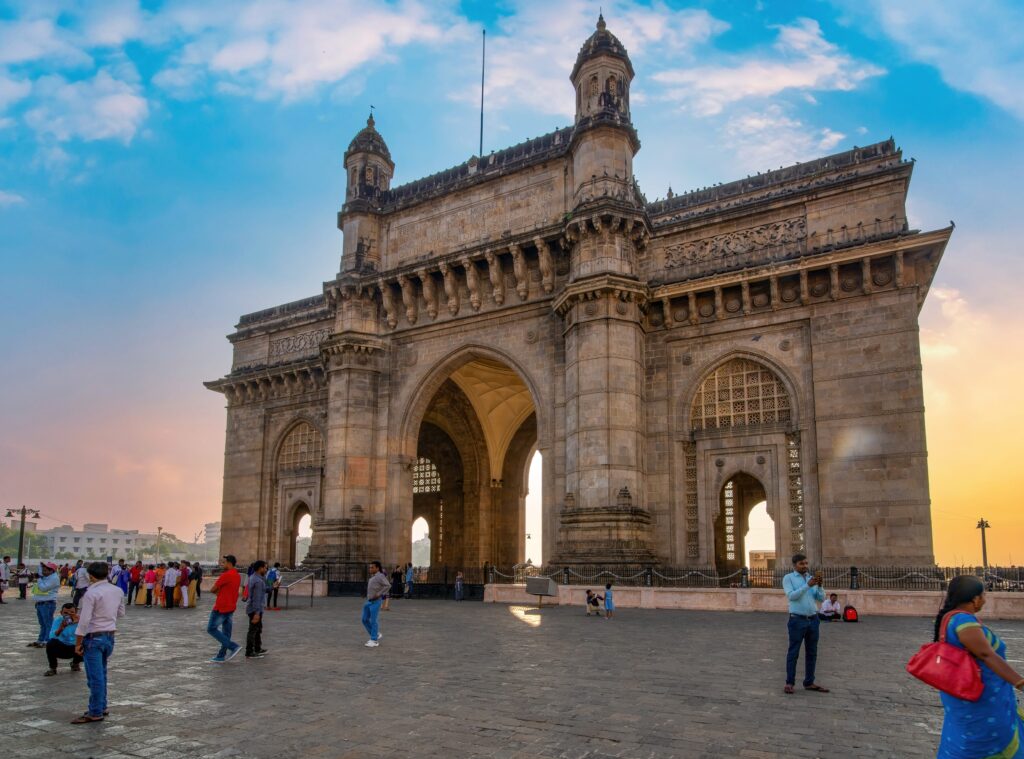
The intriguing blend of traditional Indian, Islamic, and British architectural elements, with dashes of neoclassical and gothic styles, exemplifies my argument that fusion architecture triumphs all. The arch monument commemorates King George V and Queen Mary’s arrival at the Apollo Bunder in India. Onion-shaped Mughal domes meet Romanesque arches as intricate floral and geometric motifs decorate the local yellow basalt walls. Colonnaded corridors and balustrades with ornamental railings enhance its grandeur.
Conclusion
As the sun sets beyond the Mumbai skyline, its pink and orange hues conquering the sky, I silently think about what it would be like to experience these forms of architecture transforming your city in front of you, how one must have observed the city go from swamps and marshes to a living timeline of architectural styles from across the world. And how one can still find traces of colonialism scattered across Mumbai, breathing as if they belong here.
The hoi polloi seem unfazed by my profound thoughts, and I snap out of reverie when someone’s shoulder rams into mine. At the end of the day, while nothing can undo the marks of colonialism, I try to do the next best thing: appreciate whatever’s left of its architecture.

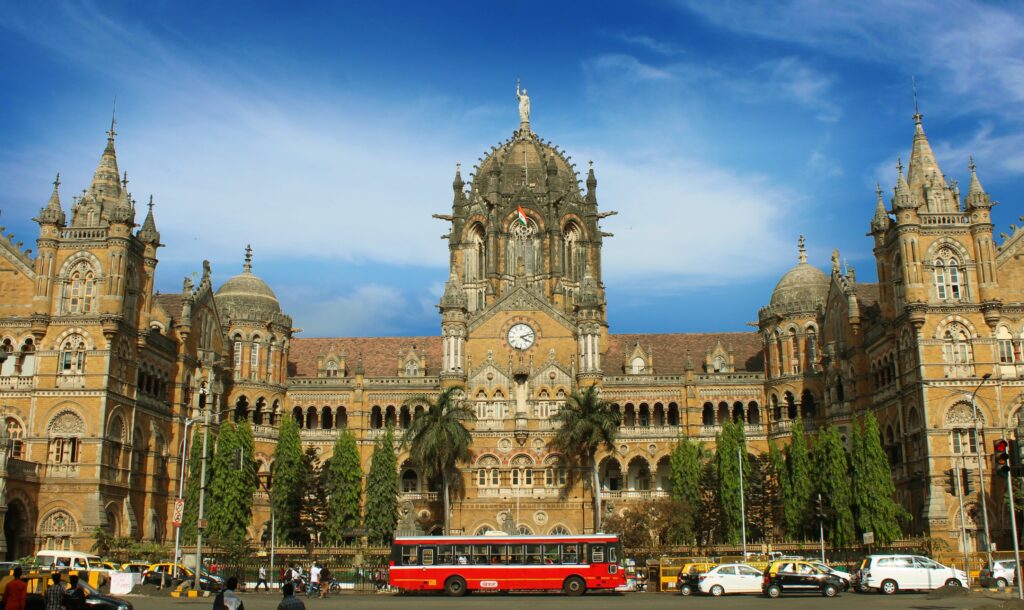
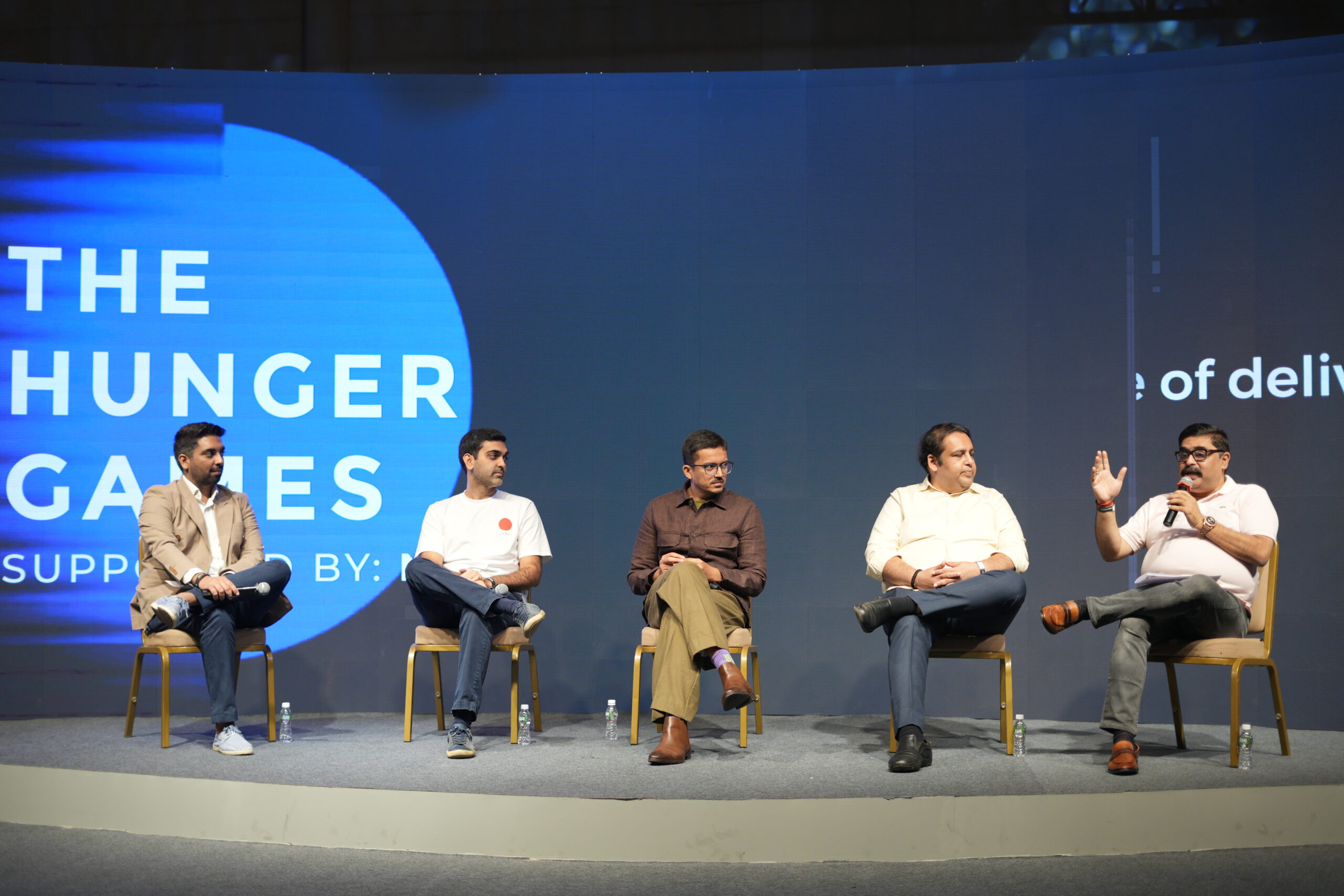
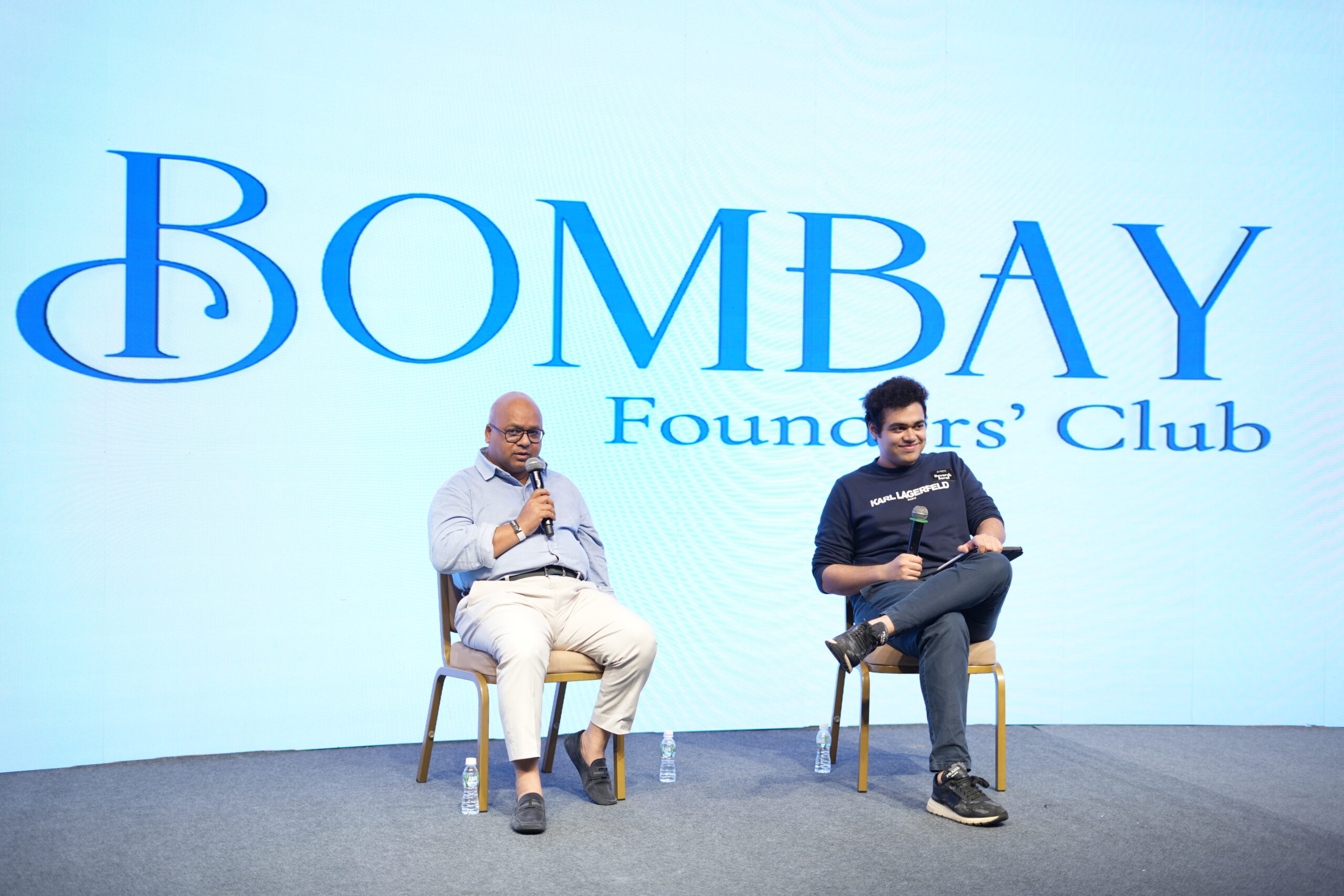
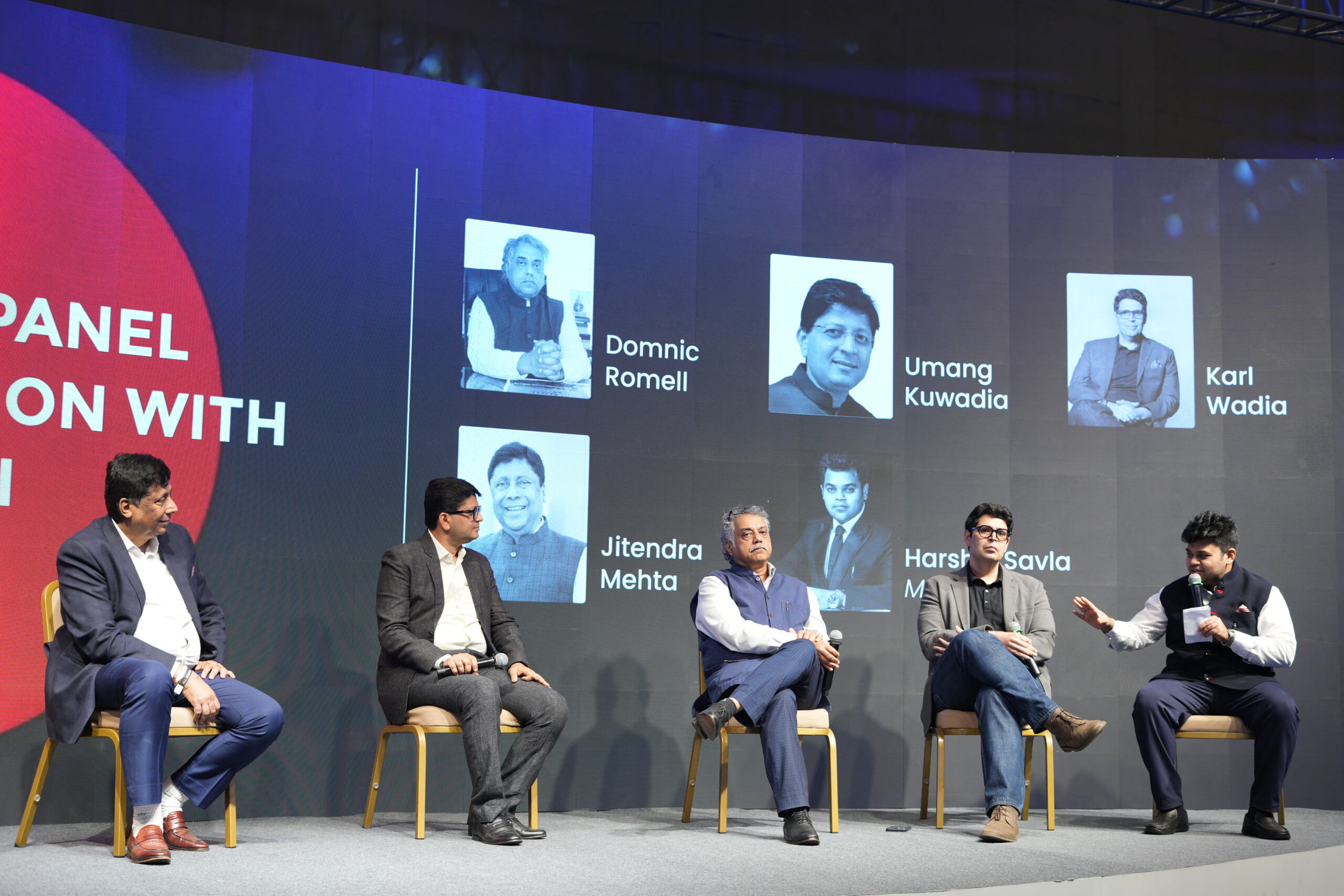
2 Comments
Marcus Moor
Duis aute iruret dolor in prehenderit in voludptate velit esse cillum toret eu giat enerit in volptate velit esse cillum maecenas tempus tellus entere dentorotu eget condimentum.
Sara Marcus
Duis aute iruret dolor in prehenderit in voludptate velit esse cillum toret eu giat enerit in volptate velit esse cillum maecenas tempus tellus entere dentorotu eget condimentum.